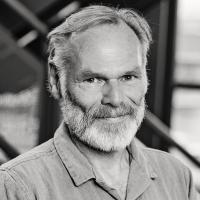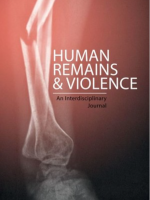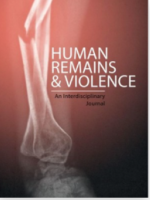Covid-19 and the dead bodies
While the dead bodies in Budja and Mariupol are still in fresh memory, the dead bodies of victims of the Covid-19 pandemic have moved away from the public interest they enjoyed for some time. A time, in 2020, when army trucks drove coffins out of Bergamo; when aerial photos of Brazilian graveyards made it to the frontpage of the Washington Post; and when New York and the rest of the world was shocked to learn about the paupers’ graveyard, Hart Island, where prison-inmates were filling massed graves for the poor and the unidentified, as they had done since the 19th century.
A double special issue of the Journal of Human Remains & Violence – a genocide & holocaust studies outlet – documents the experience and politics around dead bodies during the first year of the Pandemic. In hotspots, the weekly numbers of new dead bodies were up to eight times the normal. This situation was stress-testing institutions that deal with dead bodies.
Usually, these institutions live a quiet life, outside the public spotlight, but the pandemic exposed this part of the infrastructure of life & death. More than that, many kinds of questions emerge, and politics crystalize around dead bodies in a situation with ‘surplus dead’: Who between the public and private institutions in the burial sector are responsible for dealing with the overload? Who decides if normal procedures of identification should be dispensed with due to the risk of infection? When authorities, due to the same risk, hinder what people consider a dignified farewell, what happens?
The ten contributions to the special issues show how such questions suddenly became pressing; how ethnic and racial labels played a role; how negligence, injustice and state reason blended with care in the responsible institutions; and how their personnel – the ‘last responders’ – had to improvise while dealing with overload, stress, and emotions without enjoying the same heroic status as the ‘first responders’ did for a moment. Taken together, the contributions document and reflect on a historic moment and the kind of societies that emerged with the crisis, uncertainty, and presence of death that the pandemic provoked.
The special issues (7:2 and 8:1) are edited by Finn Stepputat (DIIS), Graham Denyer Willis (Cambridge University), and Gaëlle Clavandier (Jean Monnet University St. Etienne). The articles are open access.
DIIS Experts



